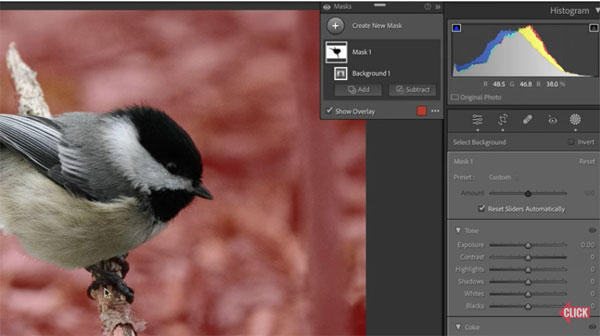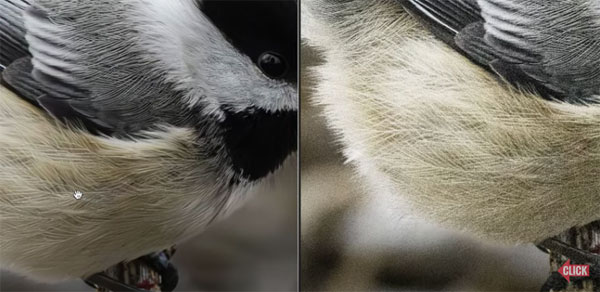Tel Aviv Unveiled: Journey to Modern Israeli Marvels
Israel is a country with thousands of years of history, which has also perfectly…
The post Tel Aviv Unveiled: Journey to Modern Israeli Marvels appeared first on The Travel Magazine.
Israel is a country with thousands of years of history, which has also perfectly…
The post Tel Aviv Unveiled: Journey to Modern Israeli Marvels appeared first on The Travel Magazine.
If you always limit yourself to one specific genre of photography your editing workflow may be pretty well defined. But most shooters have a more eclectic approach to our craft, requiring different processing methods depending up the type of image at hand.
In other words, it would be a mistake to edit a landscape scene using the same methods you employ when processing portraits, so it’s very helpful be just as versatile during the processing task as you are when out shooting in the field.
The comprehensive lesson below is designed with one goal in mind; help you edit images of birds for the best results possible. Whether you specialize photographing our feathered friends, or just do so occasionally, this step-by step guide will help you up your game.

Photographer Chris Parker is based in Jacksonville Texas, and he’s been a working pro for over 30 years. He posts weekly tutorials designed to help expand your skills and “challenge your creative vision.” In this valuable episode Parker demonstrates his preferred method for editing bird photo from start to finish.
Parker begins with a pretty photo of cheerful chickadee, straight out of the camera. You’ll then watch him perfect the shot using everything from Denoise AI to retouching in Photoshop and back to Lightroom, and much more.
You’ll learn some pro tips for cropping and how Parker applies built-in Lens Correction presets to deal with distortion and skewed perspective. Likewise, he has a quick method for adding a vignette to direct a viewer’s eye to the main subject of an image. Parker also discusses how to use the Tone Curve to make a variety of enhancements, and there’s a detailed discussion of adjusting Contrast, White Balance, and Tonal Values to really make your bird photos sing.

The lesson wraps up with some solid advice for employing masks, using Denoise AI, and finishing the job with a quick retouch in Photoshop. Parker covers a lot of ground in just 20 minutes, so you may want to take a few notes for future reference.
There’ much more to learn on Parker’s instructional YouTube channel, so take a close look when you have time. We also suggest watching the tutorial we posted recently from another expert, with 10 pro tricks for shooting beautiful nature, travel, and wildlife photographs.
If you’ve been following Shutterbug you know how we feel about the so-called Rules of Photography; namely, sometimes they’re meant to be broken. Likewise, there are several digital photography myths that need to be ignored.
So says photographer Jacques Gaines, as you’ll see in the quick tutorial below. In fact he puts it even more bluntly with this bold statement: “In this video I explore five of the most awful digital photography myths that need debunking.”
Gaines says his goal for this lesson is to make these common untruths disappear from your mind by the time you finish watching. His first step in “clearing up the lies” is to dispel the notion that “you have to to have a natural eye for taking photos” if you want to achieve great results.

It’s certainly true that some folks have a superior ability to see and frame images in a unique and artistic way. According to Gaines, however, there are ways to develop and perfect this sensitivity, even if it’s not innate, and he has a few great suggestions for doing that.
Another myth that arouses Gaines’ ire is the claim by beginners that “photography is too technical.” In fact, the act of making images is only as complicated as you make it, with the best approach being to stay within your skills, and move on to more ambitious tasks as your confidence and abilities progress.
Gaines puts it like this: “With all its dials a camera can be daunting at times, but the basic principles are easy to grasp.” He notes further that anyone can be up-and-running in no time with a quick read of the camera manual. In other words, “You need to walk before you run.”

Misconception number three is one we’ve discussed numerous times in the past; namely, the silly claim that you’re not a real photographer unless you shoot in Manual mode. Likewise, Gaines explains why the insistence that “better cameras take better pictures” is counterproductive.
While pro models offer high resolution and an abundance of convenient features, and tend to be far more robust than midrange cameras, it’s actually YOU who takes the picture. Gaines also provides his take on recent developments in artificial intelligence, and what they mean for the future of photography.
Gaines’ YouTube channel has more great advice based upon his passion and experience in photography, so be sure to take a look. And don’t miss an earlier tutorial we posted, explaining an unusual editing technique for transforming blah photos into something special.
